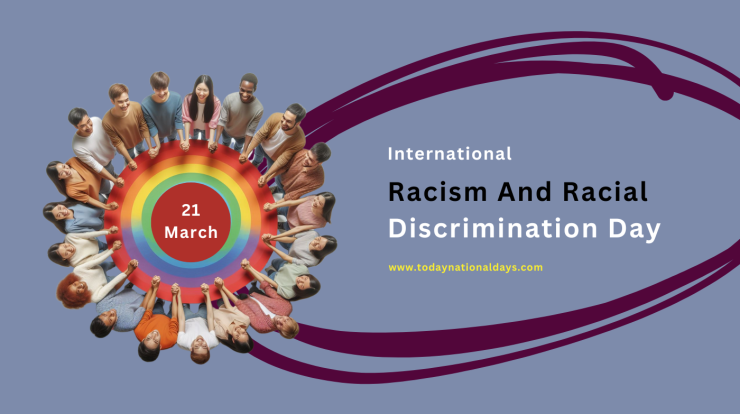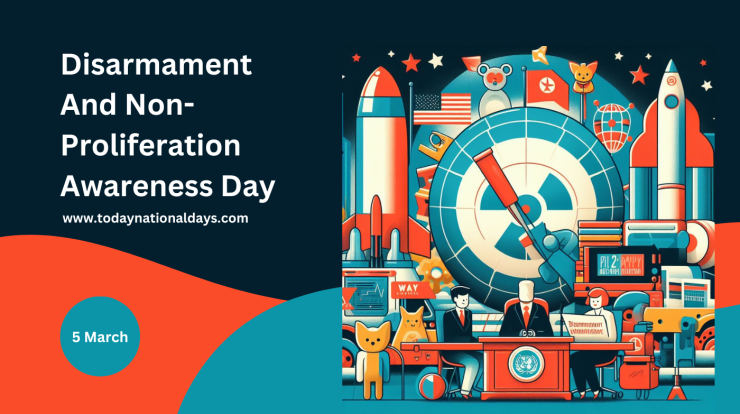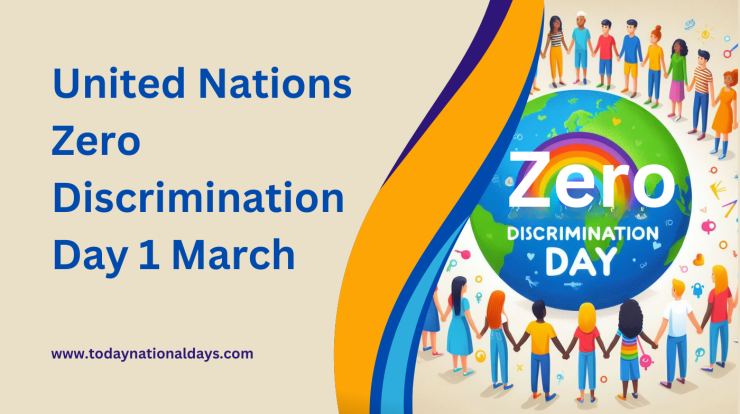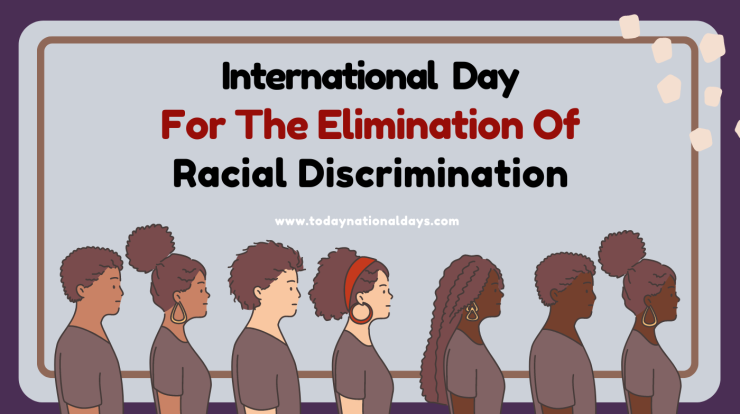
On February 6th, The International Day of Zero Tolerance for Female Genital Mutilation spotlights the imperative to address the pervasive challenges stemming from this harmful practice.
It serves as a vital platform to foster understanding and awareness about the enduring struggles women endure due to genital mutilation. But what exactly does Female Genital Mutilation (FGM) entail, and why is it significant? Let’s delve into its definition and the profound impact it has on women and girls globally.
Have you ever come across the International Day of Zero Tolerance for Female Genital Mutilation? This day holds immense importance, serving as a poignant reminder of the urgent need to combat FGM, a practice that flagrantly violates the rights of women and girls worldwide.
Not only does FGM underscore entrenched gender disparities, but it also constitutes a grave form of gender-based discrimination. Shockingly, this detrimental practice primarily targets minors, depriving them of their fundamental rights to health, security, and bodily autonomy.
In its most tragic manifestations, FGM can lead to fatalities, stripping individuals of their inherent rights to life and dignity.
Millions of girls across the globe confront the looming threat of FGM, a profound violation of human rights fueled by gender inequalities and entrenched cultural norms. It’s imperative to take swift and decisive action to shield these girls from harm, safeguard their rights, and promote their overall well-being.
The Theme For The International Day Of Zero Tolerance For Female Genital Mutilation
This year’s theme for the International Day of Zero Tolerance for Female Genital Mutilation revolves around empowering ‘Her Voice. Each survivor’s story is a powerful call to action, and every step they take towards reclaiming their lives adds momentum to the global movement to end this harmful practice.
In 2023, we’re focusing on teaming up with men and boys to shake up social and gender norms and put an end to female genital mutilation (FGM). The big goal for the day is to stamp out Female Genital Mutilation within the next ten years, and we’re going to need help from everyone, especially young people.
That’s why the theme is all about rallying youth to join the fight against harmful practices like female genital mutilation.
Exploring The Background Of The International Day Of Zero Tolerance For Female Genital Mutilation
In 1997, the World Health Organization (WHO) partnered with the United Nations Children’s Fund (UNICEF) and the United Nations Population Fund (UNFPA) to collectively oppose Female Genital Mutilation (FGM Genital Mutilation (FGM). Since then, there’s been a series of efforts to fight against it.
- In 2007, UNFPA and UNICEF launched the Joint Programmed on Female Genital Mutilation/Cutting to speed up the abandonment of this harmful practice.
- In 2008, WHO and nine other United Nations partners issued a statement titled “Eliminating female genital mutilation: an interagency statement” to push for the elimination of FGM.
- In 2010, WHO collaborated with other key UN agencies and international organizations to publish a “Global strategy to stop health care providers from performing female genital mutilation.”
- Then, in 2012, the UN General Assembly adopted resolution A/RES/67/14, emphasizing the importance of eliminating Female Genital Mutilation (FGM).
What Is Female Genital Mutilation (FGM)?
Female genital mutilation, sometimes referred to as circumcision, involves the partial or complete removal of external female genitalia or other non-medical injury to the female genital organs.
This practice typically occurs between infancy and age 15, although adult women may also undergo it.
FGM is most commonly practiced in Africa, particularly in North-Eastern, Eastern, and Western regions. It also occurs in the Middle East, Southeast Asia, and among European immigrant communities.
According To Who, The Procedures Of Female Genital Mutilation Are Classified Into Four Major Types
Type 1: This type, known as clitoridectomy, involves the partial or total removal of the clitoris, a small, sensitive, and erectile part of the female genitals. In sporadic cases, only the prepuce, the fold of skin surrounding the clitoris, is removed.
2: Referred to as excision, this form entails the partial or complete removal of both the clitoris and the labia minora, the inner folds of the vulva, sometimes including the labia majora, the outer folds of skin.
3: Known as infibulation, this process includes narrowing the vaginal opening by forming a sealing cover.
4: Type 4 encompasses all other harmful procedures to the female genitalia for non-medical purposes. This includes pricking, piercing, incising, scraping, and cauterizing the genital area.
Consequences Of Female Genital Mutilation
It’s important to understand that Female Genital Mutilation (FGM) doesn’t offer any health benefits whatsoever. Instead, it inflicts harm on girls and women in numerous ways. This practice disrupts the natural functions of their bodies and causes the removal or damage of healthy and normal female genital tissue.
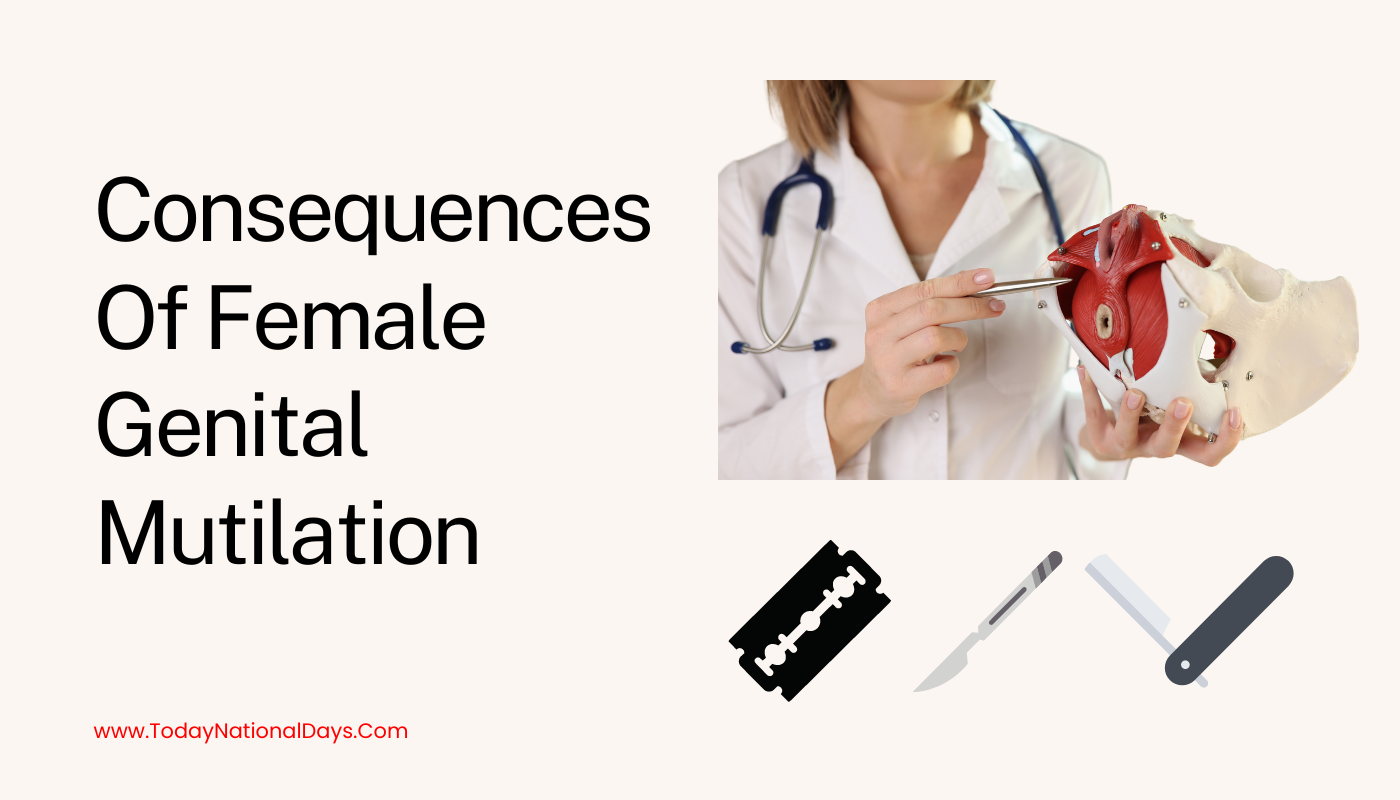
Following the procedure, immediate effects can be severe, including heavy bleeding and infections. Tragically, death may also occur.
Moreover, the use of unsterilized instruments during FGM can increase the risk of transmitting AIDS/HIV.
Victims of FGM may suffer psychological trauma, sexual dysfunction, and long-term pain during urination and menstruation. They also face heightened risks during childbirth and newborn death.
Female Genital Mutilation: Facts
- UNFPA estimates that it costs $95 to prevent female genital mutilation for each girl today.
- Female genital mutilation is prevalent in approximately 30 countries with high population growth rates. It affects at least 30% of girls under 15 in these regions.
- According to WHO, 200+ million females across 30 nations in Africa, the Middle East, and Asia faced genital mutilation. This practice affects a significant number of females in these regions, as highlighted by WHO’s report.
What’s The Focus Of The International Day Of Zero Tolerance For Female Genital Mutilation’s Theme?
Every year on February 6th, we mark the International Day of Zero Tolerance for female genital mutilation (FGM). It’s an opportunity for FGM advocates to unite, celebrate progress, push for abandonment, and raise awareness. This year, the theme is “Her Voice. Her Future.
Here Are The Different Types Of FGM:
Type I – Clitoridectomy: This involves the partial or total removal of the clitoris, which is a small, sensitive. The clitoral hood covers the erectile part of the female genitals, surrounding the clitoris.
II – Excision
III – Infibulation
IV – Other
Conclusion
The International Day of Zero Tolerance for Female Genital Mutilation underscores our collective resolve to end this harmful practice. It’s a day for global unity, advocacy, and awareness in support of girls’ and women’s rights.
FAQs:
What Is The International Day Of Zero Tolerance For Female Genital Mutilation?
The International Day of Zero Tolerance for Female Genital Mutilation is a day dedicated to raising awareness about the harmful practice of female genital mutilation (FGM) and advocating for its eradication worldwide.
When Is The International Day Of Zero Tolerance For Female Genital Mutilation Observed?
It is observed annually on February 6th.
Why Is International Day Of Zero Tolerance For Female Genital Mutilation Important?
This day serves as a reminder of the urgent need to protect the rights, health, and dignity of girls and women by eliminating FGM, which is a violation of their human rights.

